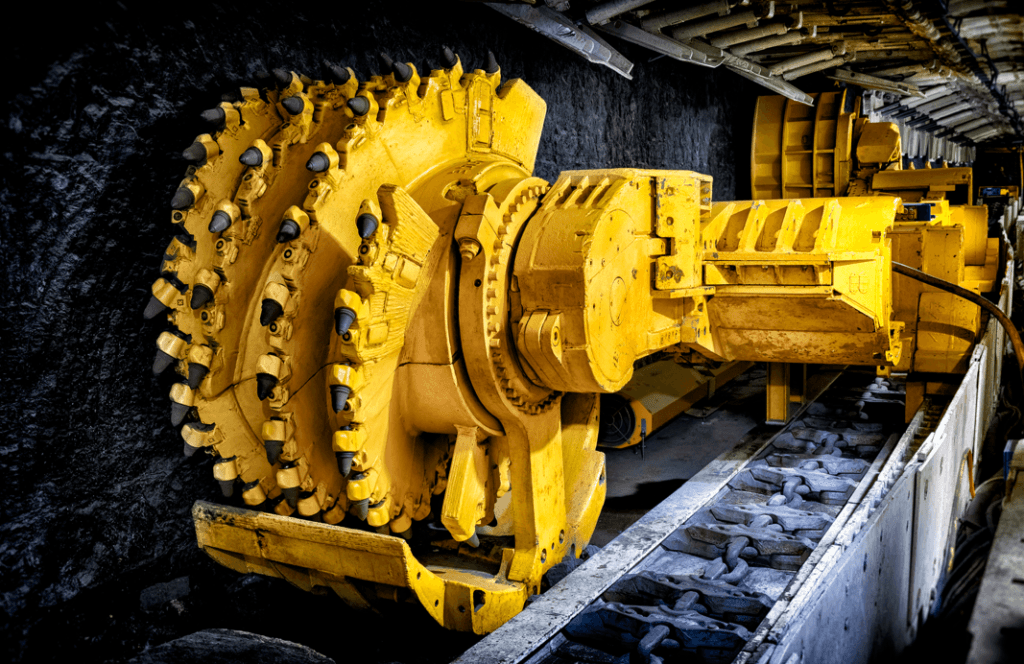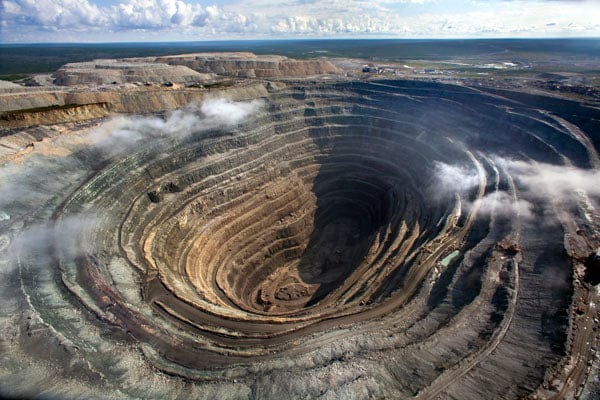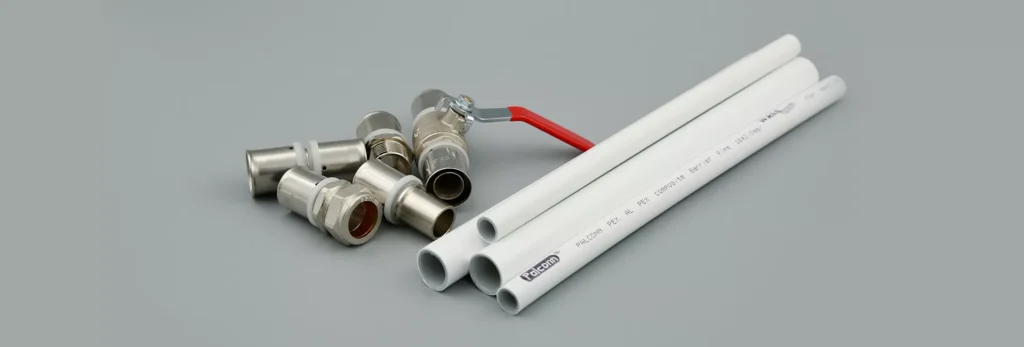Expectations for the development of ultra-high molecular weight polyethylene pipes
The domestic ultra-high molecular weight polyethylene pipes (UHMWPE) market in China is showing a steady […]
Expectations for the development of ultra-high molecular weight polyethylene pipes Read More »











